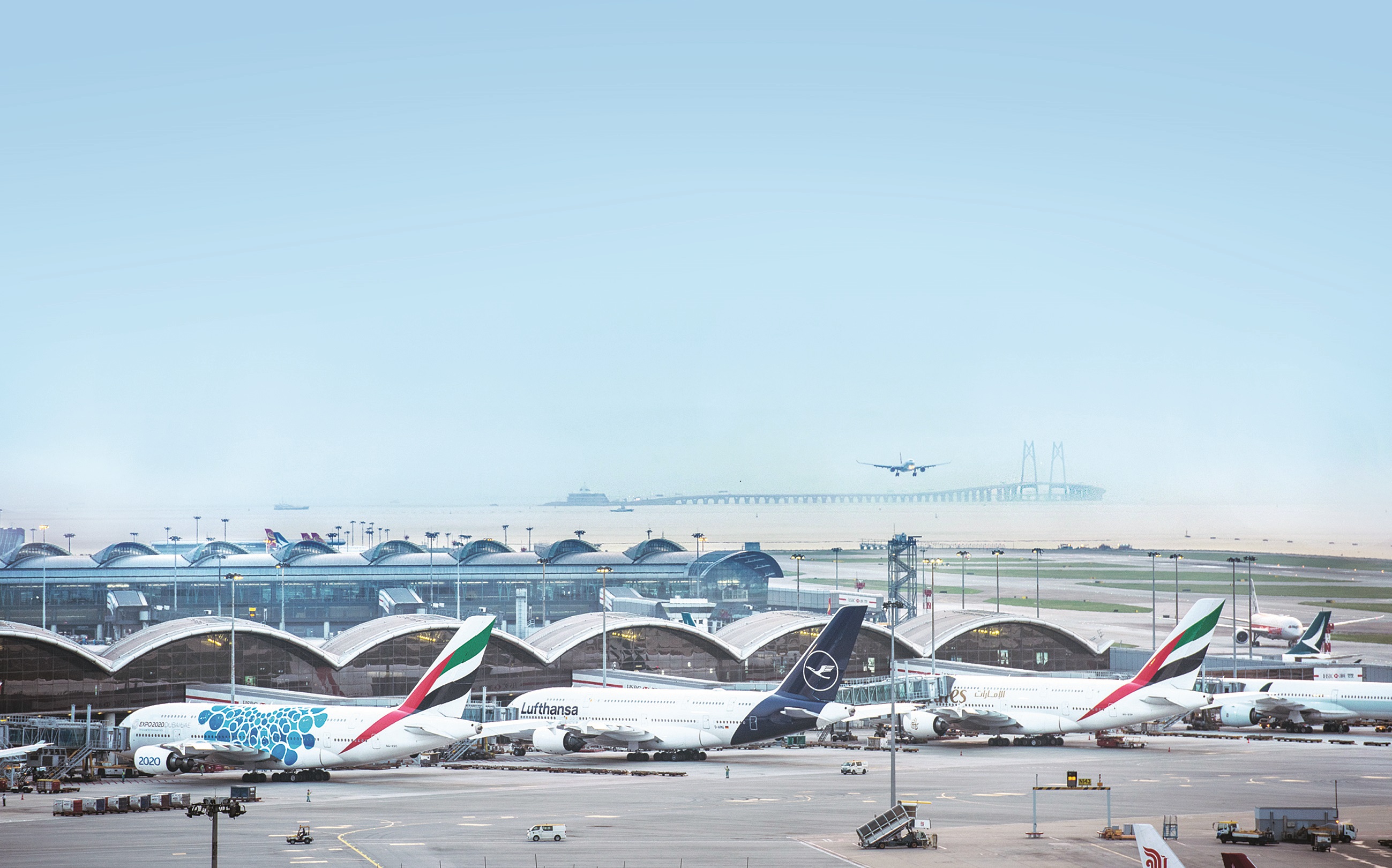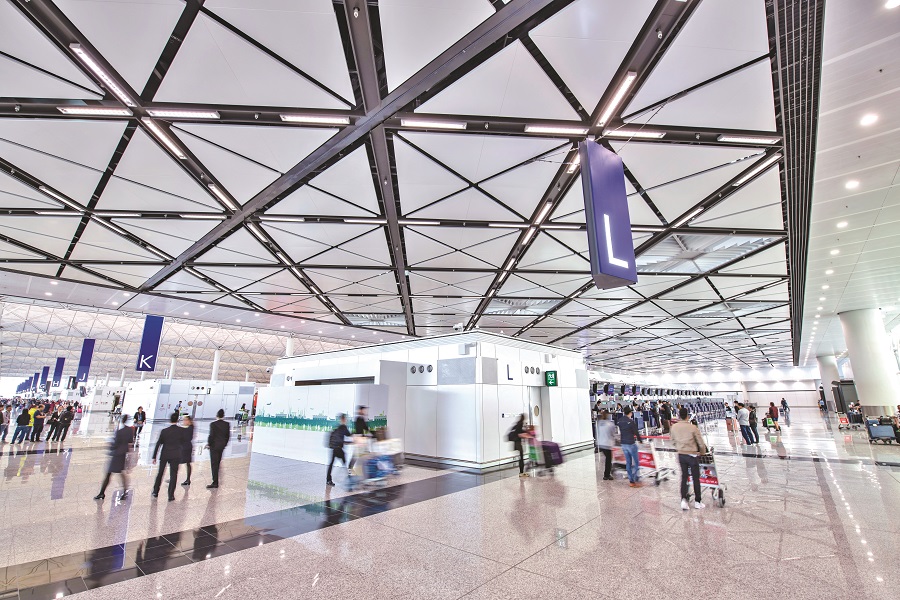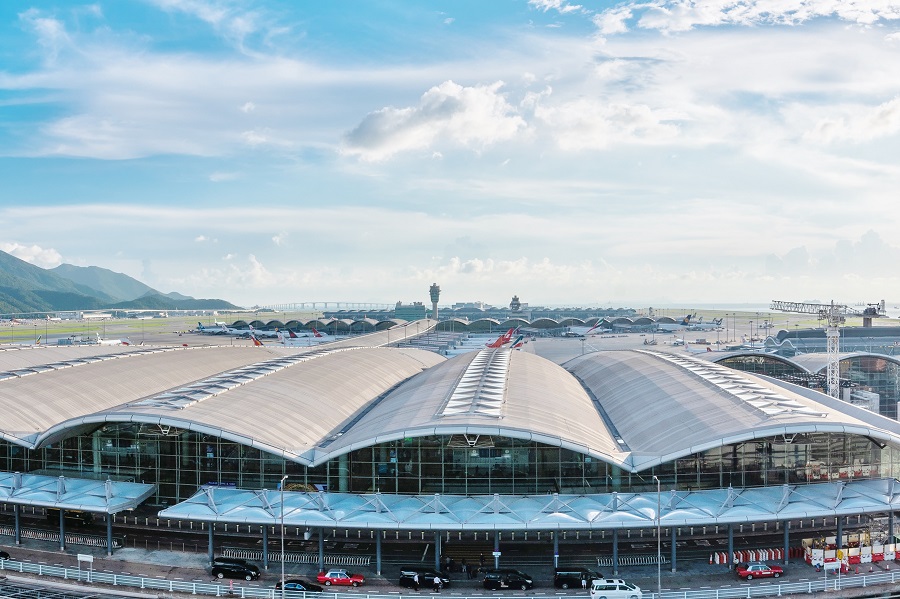
BTN interview: Vivian Cheung, executive director, operations, Hong Kong International Airport
Hong Kong International Airport is the busiest cargo airport in the world and has been recognised as the best in the region by the World Travel Awards.
Here we catchup with Vivian Cheung, executive director for airport operations, to discover more about what separates the facility from its competitors, and what we can expect as we move into 2021
Breaking Travel News: Congratulations on your recognition at the World Travel Awards - taking the title of Asia’s Leading Airport. How does it feel to have won?
Vivian Cheung: Hong Kong International Airport (HKIA) is committed to offering safe and world-class travel experiences to passengers.
We are honoured to receive the award, which recognises our airport staff for their professionalism and dedication to strengthen the status of HKIA as a major regional and international aviation hub.
ADVERTISEMENT
BTN: What is it the attracted the eye of voters – what separates you from the other regional contenders for the top spot?
VC: HKIA enjoys an unrivalled geographical advantage in the region - from Hong Kong one can reach half of the world’s population in just five hours’ flying time.
The extensive connectivity enables HKIA to establish itself as a leading international and regional aviation hub with over 220 worldwide destinations, including 50 in mainland China, served by over 120 airlines and over 1,100 daily flights.
Meanwhile, HKIA is a multi-modal transport centre, offering travellers extensive land and sea connections to cities in the Greater Bay Area (GBA) region of Mainland China.
SkyPier at HKIA provides speedy ferry services for transfer passengers to nine ports in the GBA. Coach and limousine services connecting HKIA with over 110 destinations in the mainland and Macao are also available for using land transport.
HKIA has been actively applying latest technologies to offer solutions to both passenger service and airport operations with a view to enhancing passenger experience and operational efficiency.
We have been using biometrics and facial recognition technologies for the check-in and boarding procedures to offer a touchless and seamless airport journey for our passengers.
HKIA has been ranked the world’s busiest cargo airport for ten consecutive years since 2010.
To further capture the growing demand, HKIA is developing its cargo strategy in three key areas, namely e-commerce, transhipments and high-value logistics for transportation of temperature-controlled goods such as pharmaceutical products.
To capitalise on robust growth in e-commerce, as well as the associated cargo flow and value-added logistics activities, HKIA will expand its express and airmail facilities, and develop a modern logistics facility.
Covering 5.3 hectares and with an expected gross floor area of approximately 380,000 square metres, a new premium logistics centre will be equipped with innovative features to serve e-commerce, temperature-controlled airfreight and transhipment.
It will become the third largest premium warehouse in Hong Kong, and is scheduled to commence operation in 2023.

BTN: How would you describe the mood at Hong Kong International Airport in late 2020? Are we passed the worst of the Covid-19 pandemic?
VC: The Covid-19 pandemic has taken us into uncharted territory, and we have to act promptly in response to the fast-changing situation.
Internationally, the Airport Authority Hong Kong (AAHK) has been working closely with ACI, ICAO, IATA and other major hub airports on formulating common standards and safety procedures for our passengers.
At our home base, the AAHK has been supporting the airport community with several rounds of relief packages that cover a broad array of business partners, including waiver or reduction of charges, rent and franchisee fees.
We have also purchased some 500,000 air tickets from our home-based carriers in order to inject liquidity during this difficult time as well as to support the future campaign to attract residents and visitors to travel to Hong Kong or via HKIA when the pandemic is over.
As the busiest air cargo hub in the world, we have to keep the goods flowing globally in spite of the pandemic. Pre-pandemic, around 40 per cent of the cargo at HKIA was transported using the belly of passenger aircraft.
Such capacity has been significantly reduced as a large number of passenger flights are grounded.
To meet the rising demand for e-commerce products and medical supplies during the pandemic, the AAHK has worked with the airport community, including airlines, cargo terminal operators and government departments to boost cargo capacity supply.
While airlines have been operating additional cargo flights and refitted passenger aircraft into all-cargo “preighters”, the AAHK worked with the government on the facilitation for the Covid-19 testing and quarantine measures for the air crew members in order to maintain normal operations.
With the collaborative efforts, freighter movements have seen a significant growth and a stable cargo throughput at HKIA has been maintained.

BTN: What changes can visitors expect as they travel through the airport in the wake of the outbreak?
VC: The health and safety of our airport staff and passengers are always the first priority.
Since the Covid-19 outbreak, we have been working closely with the Hong Kong Government, airlines and business partners to implement a set of comprehensive disinfection measures to ensure a safe end-to-end journey for passengers at HKIA, including but not limited to:
- Mandating all passengers and staff members to wear masks
- Conducting temperature screening for all persons entering the terminal and upon arrivals
- Installing over 400 hand sanitiser stations throughout the passenger terminals
- Stepping up cleaning and disinfection efforts on airport facilities and passenger amenities
- Introducing the latest disinfection technologies, including disinfection channels, antimicrobial coating and autonomous cleaning robots, at terminals
- Installing e-security gates equipped with facial recognition technology to support touchless security processing
- Installing protective screens at airline check-in counters and other service counters
- Segregating originating departing passengers and transfer passengers in separated zones in the seating area of the boarding gates
Recently, HKIA has been accredited under the Airport Health Accreditation programme of the Airports Council International, recognizing the airport’s high standard in upholding health and safety in its operations.
HKIA is among the first few Asia Pacific airports to be accredited by the programme shortly after the programme was launched.
Since the start of the Covid-19 pandemic, AAHK has been working with the airport community and the Government in prioritising public health in the airport’s daily operations.
AAHK will continue to strengthen HKIA’s works and conduct ongoing self-assessment according to the evolving situation of the pandemic, with a view to maintaining the safe and healthy environment and building passengers’ confidence in travelling at HKIA.

BTN: What do we have to look forward to in 2021 from Hong Kong International Airport – what plans do you have to stay head of the chasing pack?
AC: To prepare for air travel rebound, AAHK has been working closely with the international industry organisations and various Hong Kong Government departments on setting industry standards to cope with the new travel norms for restoring visitors’ confidence in Hong Kong.
We will keep the health measures robust for passengers and staff.
Recently, Hong Kong has reached a milestone in-principle agreement with Singapore recently to establish a travel bubble with a view to reviving air travel between the two places in a safe and progressive way.
Trials of a rapid Covid-19 test has also started at HKIA.
More Information
Find out more about Hong Kong International Airport on the official website.

